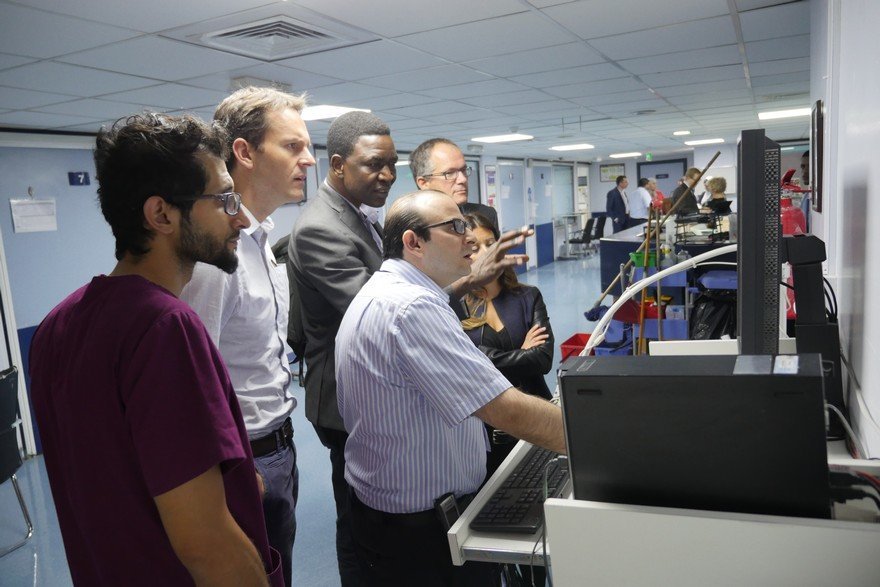Aid organisations using technology to help Syrian refugees in the Middle East
The digitisation of the humanitarian process – registration, verification, data collection, digital cash, multimedia communications, data sharing and so on – makes the business activity considerably easier to monitor and evaluate than with the historical “analogue” version of paper forms and IDs, clipboards, meetings, convoys and food boxes. In an era where donors are demanding ever more transparency and accountability, ICT will continue to play a crucial role – including big data and analytics.
In Lebanon, WFP and UNHCR are working on a plan with the American University in Beirut to develop a targeting model that will use data from the vulnerability assessment of Syrian refugees and results of the local household census to deliver more evidence-based targeting to ensure aid reaches those who need it most.
In this picture, a team from the World Health Organisation (WHO) and the local ministry of health review hospital data in Amman, Jordan.



